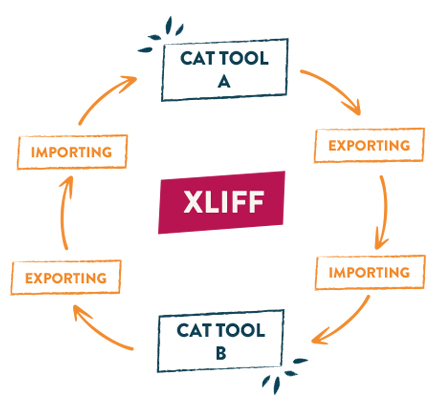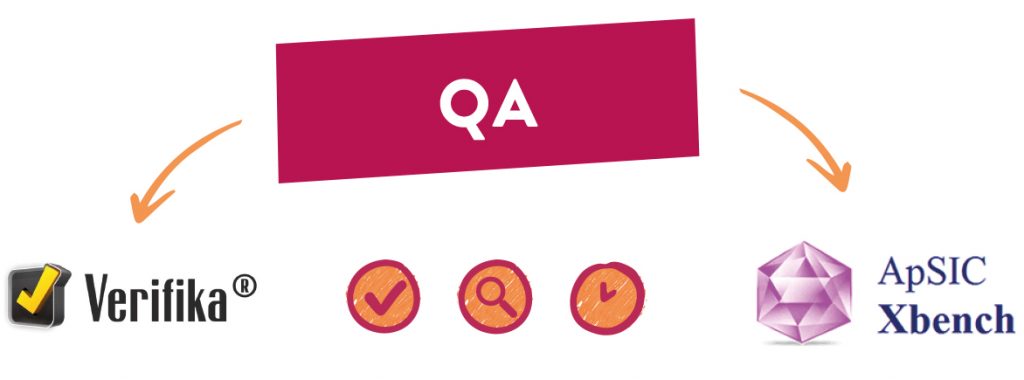Subtitling is a media localization solution that requires proficiency in two different fields. First, the text in the subtitle must be a linguistically correct and culturally accurate translation of the source audio or text.
With the purpose of delivering optimal subtitles, audiovisual translators and subtitlers can access resources to guide their jobs, such as software, specifications or reference materials. These are also quality assurance tools that guarantee that the delivered file is consistent, accurate and in agreement with all the client’s parameters and specifications. We’ll describe some of the resources that support audiovisual projects here.
1. Software

Reliable software is a key resource for subtitling. On one hand, it helps to automate several aspects of the job and, on the other, it’s a tool to ensure quality. Professional programs can be configured with parameters (such as line limit, reading speed, shot change preference) and they run QA analysis based on them.
There are free software options, such as Aegisub, SubtitleEdit or Subtitle Workshop. Other programs must be purchased (by a one-time payment or a monthly subscription), like EZTitles, SubtitleNEXT or WinCAPs. Certain applications support more file formats than others, or handle more complex workflows. They synchronize subtitles to shot changes automatically, or they show the audio waveform. Others are lighter applications that don’t include these features. The choice depends on every need.
2. Guidelines
Technical and stylistic guidelines are the first touchstone for a consistent and accurate subtitling project. Depending on the transmission support (streaming platform, web pages, theaters, television, etc.), subtitles must have certain technical specifications, like length or aspect. Compliance with requested requirements is very important in subtitling, because it has consequences in layout, video aspect and reading.
A complete project guide specifies the following preferences:

- Subtitle type/style
- Frame rate
- Reading speed
- Character limit
- Shot change or audio wave compliance
- Font and position
Also, style guidelines are a useful resource when translating or preparing the text of the subtitles, providing linguistic criteria of client’s preference. For instance, guides specify how to handle proper names and numbers, speaker’s IDs or audio in a foreign language. They also set preferences, if any, for punctuation, italics, or letter case.
3. KNP and Query Sheets

Another very common tool in subtitling projects are KNP (key names and phrases) sheets. They are online collaborative documents. In them, subtitlers write down proposed translations and information for characters’ names, places, institutions, catchphrases or any other relevant term in the series or movie. The team can also register if characters interact with formal or informal tone. This comes in very handy to translate dialogues while maintaining consistency.
KNP sheets are widely used in projects where several providers work simultaneously in related material, because they promote consistency. Furthermore, this resource is helpful for data collection. The information is utilized to ensure consistent translation and treatment across other media localization products, such as dubbing, marketing materials or web content. For collaborative projects, query sheets are also useful. There, translators can ask each other questions or clarify doubts with clients.


































